Recently updated on April 10th, 2025
What’s the key for getting customers to use our product or service? Yes, creating a great product is a given, but research shows customer training follows closely behind.
Here are some standout customer education stats:
Adobe noted that their customer education programs have helped increase product adoption by 79%
According to the Technology & Services Industry Association, 68% of respondents say they use products more frequently after training, and 56% use more product features than without training.
These high-level benefits are impressive, but to understand them completely its important to break-down these high level stats into more granular benefits and detail so you can truly understand the impact a well-thought out, and well-planned customer training program can have on your business.
1. Increased Product Adoption & Feature Utilization:
Customer training equips customers with the knowledge they need to maximize the value they receive from your product. When they have adequate resources to know how to set up a product, use specific features, and make the most out of it for their particular use case its natural that usage and adoption increase.
According to a study by the Technology & Services Industry Association (TSIA), 68% of customers use products more after training, and 56% explore more features. Additionally, 87% of customers who received training reported being able to work more independently.
From our recent article looking at some examples of successful customer training programs, the most common methods used to ensure customers get the information they need include:
- Comprehensive knowledge bases
- YouTube channels full of educational content
- Community forums
- On-demand training for particularly complex products.
2. Reduced Time to Value & Faster Onboarding
Customer training can help new customers see value with a product more rapidly.
For example, imagine you are a potential buyer interested in a project management tool like Monday.com. When you land on their website you can browse a whole resource section that details their new product releases.
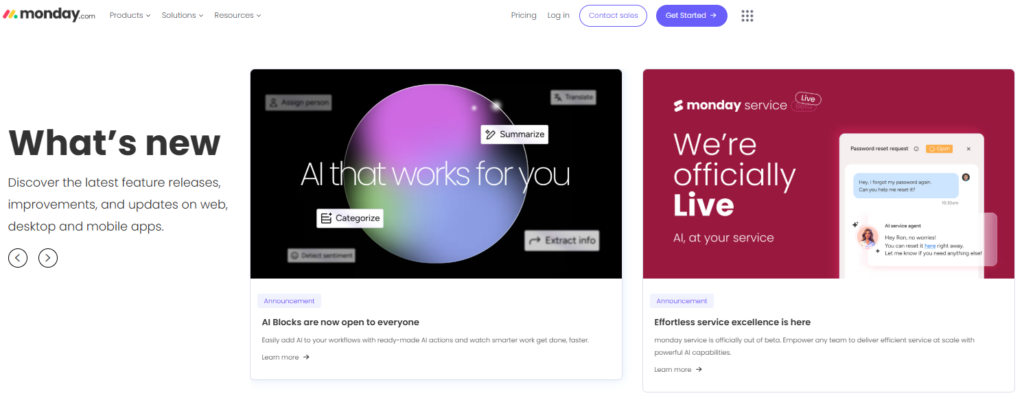
You can also access a whole range of use-case templates to use:
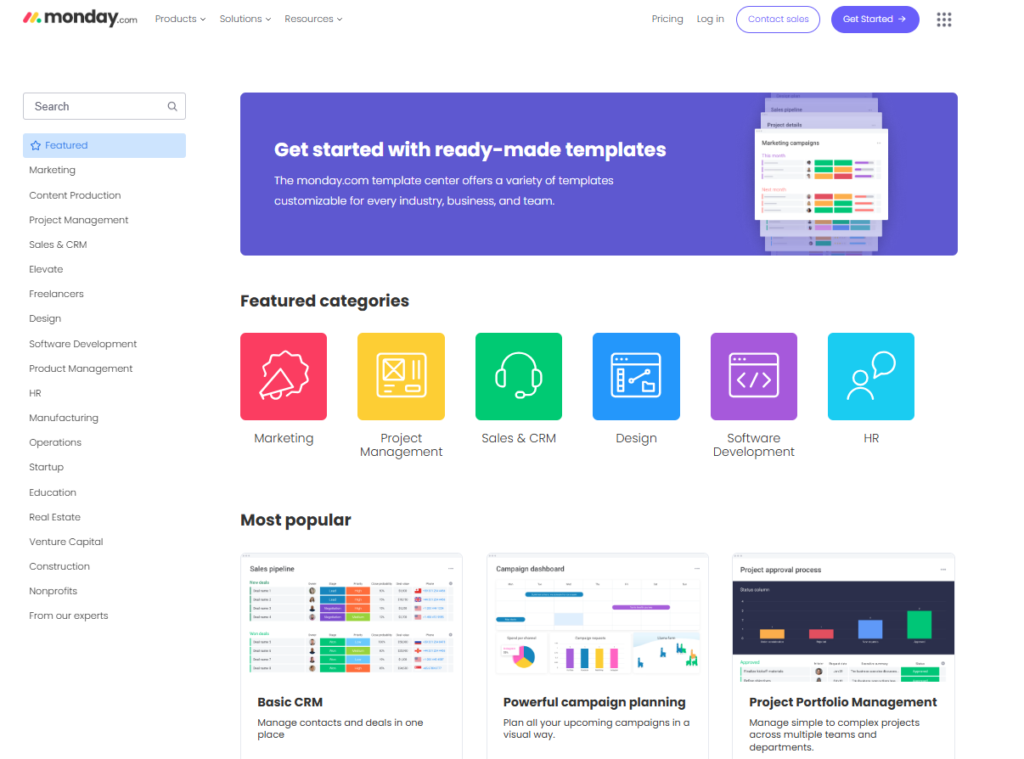
And, if you’re more of a visual learner, a YouTube channel full of videos explaining how the product works, customer stories and much more.
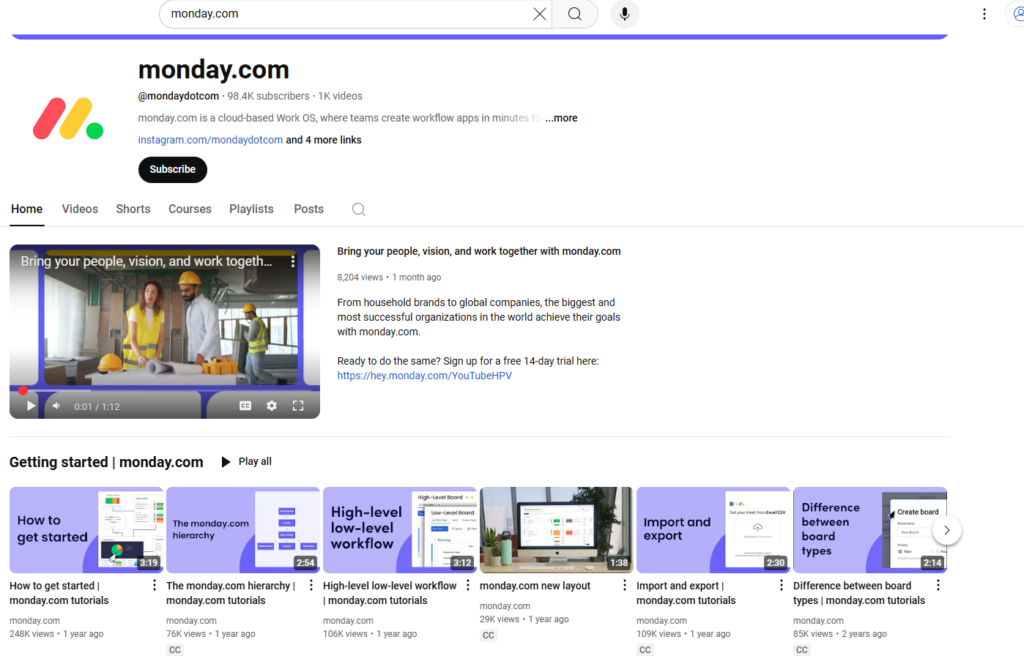
So, before you even come to a buying decision you have the opportunity to learn how the product works, its key features, and how to set it up.
There’s plenty of data as well that suggests good customer training, and smooth onboarding increase a companies bottom line:
86% of customers say that they would be more likely to stay loyal to a business if they knew that they would have access to educational and welcoming onboarding content post-sale.
83% of organizations that believe it’s important to make customers happy also report an increase in revenue.
3. Meet Customer Expectations and Higher Retention
Research from Forrester suggests that organizations highly-focused on customer experience experience 51% better customer retention. And Salesforce data suggests that nearly 90% of buyers say that the experience a company providers matters as much as the products or services they offer.
And of course customer training makes up a part of that customer experience. According to Conductor educational content increases consumer purchase likelihood by 131%, and 89% of U.S. consumers expect brands and organizations to offer an online self-service support portal.
4. Reduction in Customer Support Costs
There’s loads of ways to use customer education to reduce your support costs. The most obvious and well-known is of course using a chatbot on your site to answer common customer queries, and FAQs.
AI is accelerating this process, customer support providers Iike Freshdesk have AI powered customer support automation features that allow you to train the their chatbot on your customer support resources, which helps you provider more personalized support to customers.
And of course, just having a support center available can help your customers find the information they need.
For example, here at Arlo we have a in-depth knowledge base that anyone can browse to understand how our training management platform works, the features in it includes, and how we integrate with other tools.
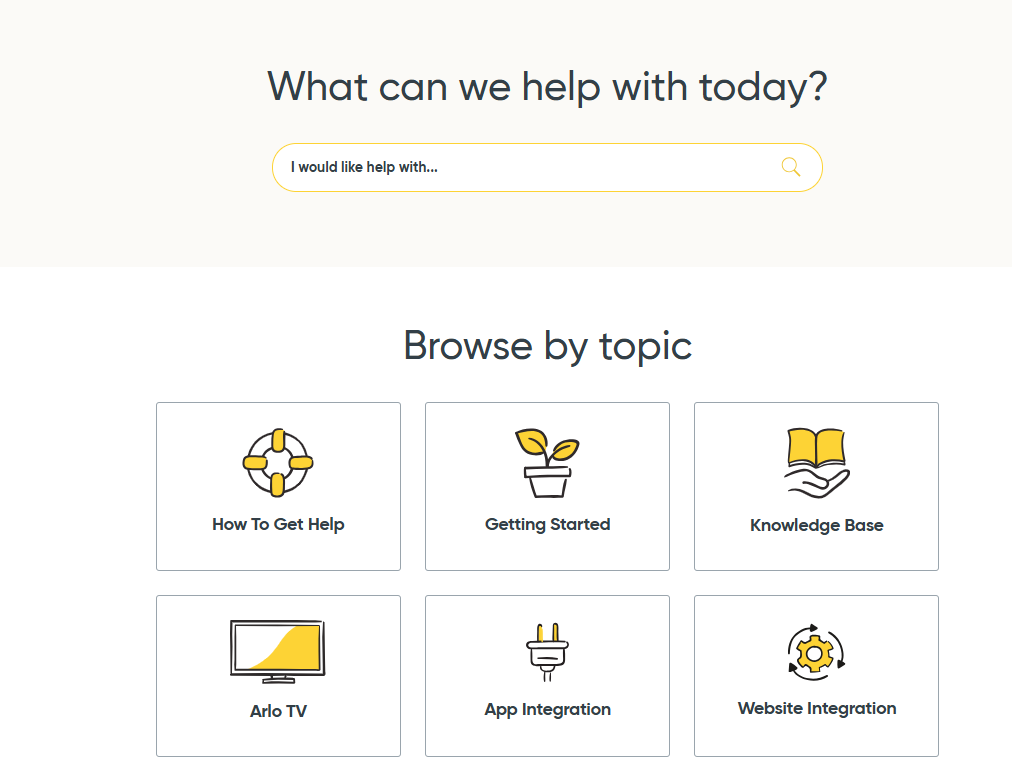
8. Establishment of Thought Leadership & Industry Authority
When customer education is done right, it can help a company really stand out in the market.
Ahrefs, for example, runs certification programs that not only help digital marketing professionals use their platform but also help them stand out from a professional expertise standpoint.
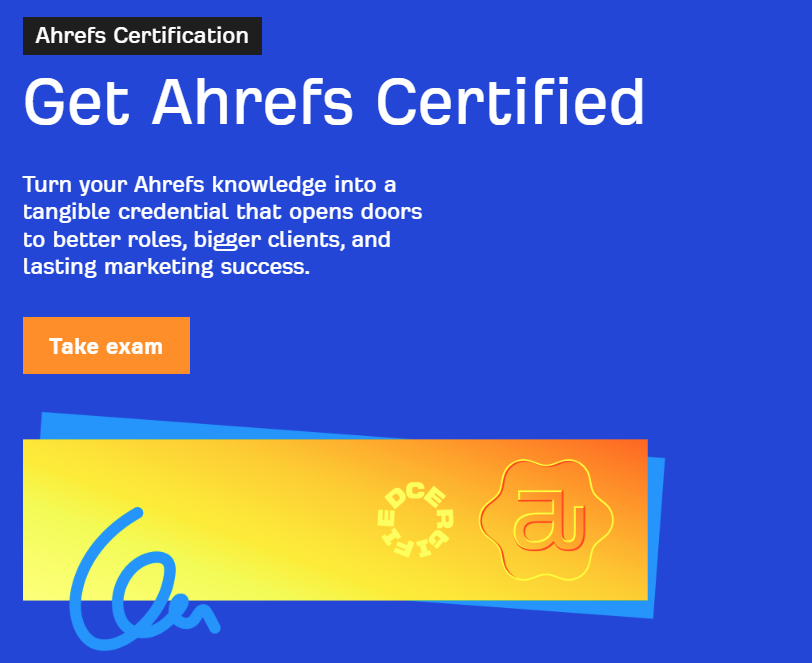
Another company that does something similar, albeit on a larger scale, is HubSpot.
Marketing professionals can find all kinds of courses to take through HubSpot Academy, while users looking to learn how to use the platform itself can take on-demand courses that cover different features and use cases.
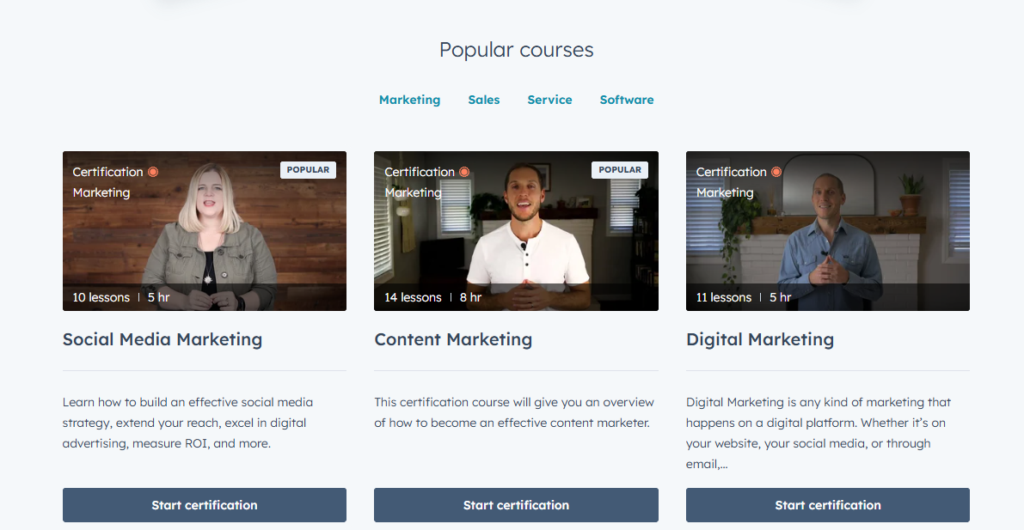
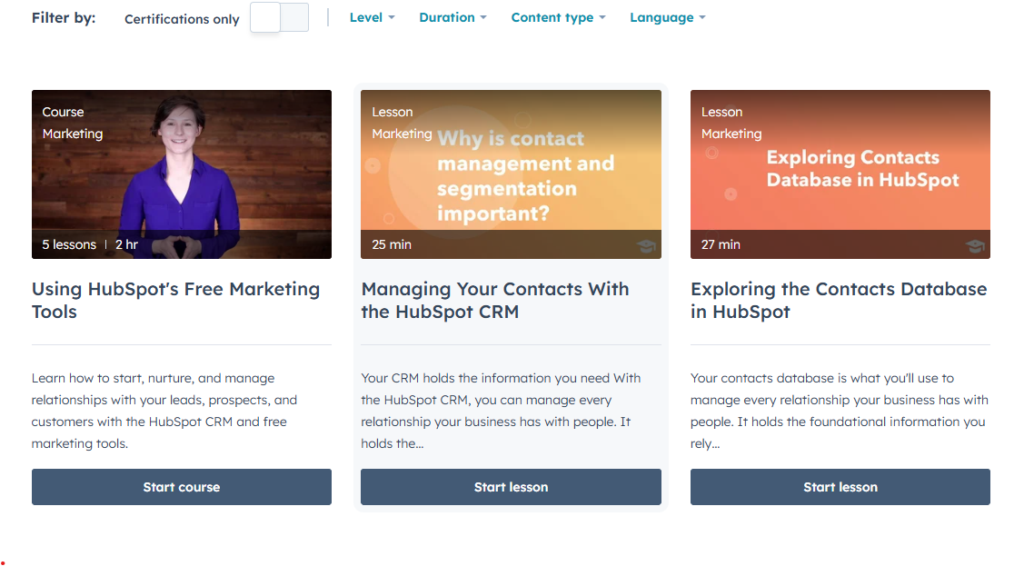
6. Measurable Increase in Customer Lifetime Value (CLV):
There a few different ways customer training can increase a customer’s life-time value, including:
Training programs and courses – many companies offer training, workshops and courses that teach customers how to use their product more effectively, or get certified.
Again, we can use Monday.com as an example. Users can purchase one of their certification programs, or request private training for their team. All of which would be charged on top of the subscription they pay for the platform.

Expansion opportunities – Well-trained, satisfied customers are more likely to explore additional features, and plans that a company offers.
For example, Salesforce provides comprehensive customer education through its Trailhead platform, which offers interactive learning modules and certifications. By educating customers on how to effectively use Salesforce’s products, such as CRM and customer service tools, Salesforce empowers them to unlock the full potential of its platform.
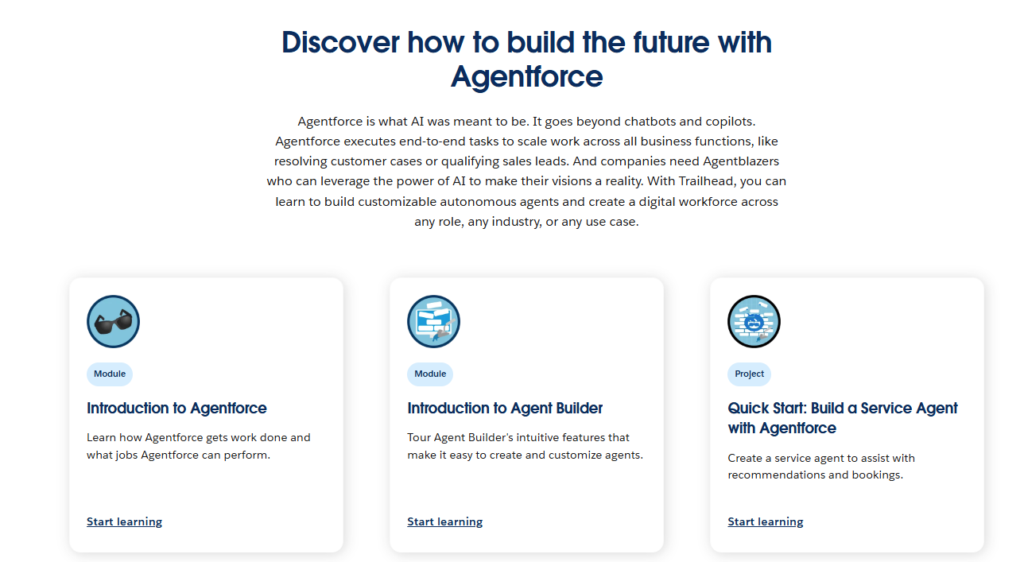
7. Enhanced Customer Satisfaction (CSAT) & Net Promoter Score (NPS)
Improved customer satisfaction and ratings can be considered more a side-benefit of customer education, but one that’s just as important to point out.
HubSpot estimates that the lifetime value of a customer considered a promoter when giving their NPS score, is 600 – 1400% higher than a detractor.
So, even if customer training moves the needle say 10-15% in terms of improving the NPS scores for customers, this can lead to a significant increase in bottom line.
Read More: 21 Leading Customer Training Tools You Can Use in 2025
8. Stronger Brand Advocacy & Word-of-Mouth Marketing
Effective customer training goes beyond simply teaching individuals how to use a product or service; it cultivates a deeper understanding of its value proposition and empowers customers to achieve their desired outcomes.
This, in turn, can lead to stronger brand advocacy and generates positive word-of-mouth marketing in several key ways:
Building Expertise and Confidence: When customers are thoroughly trained, they become proficient users. This expertise breeds confidence in their ability to use the product or service and achieve tangible results.
Confident users are more likely to speak positively about their experiences because they feel in control and successful.
You can see in this many company reviews, for example, if you check out Arlo reviews you can see that our help documentation is cited by this customer as one of the things like the best about Arlo:

Creating a Sense of Trust and Community: Many companies that invest in customer training create forums, or subreddits where users and potential customers can chat freely about their experience. Users can share best practices, offer peer support, and share insights.
It also helps potential customers get unbiased opinions, and transparency about a brand. For brands, they can use a community forum to get better insights from customers, answer questions promptly, and really demonstrate to new potential customers why they are the brand they should choose.
It can also act as a powerful marketing channel. For example, in the image below you can see how Semrush have used their own subreddit to inform their subscribers and viewers how they can use the platform for free, and included links where a user can then go and sign up.
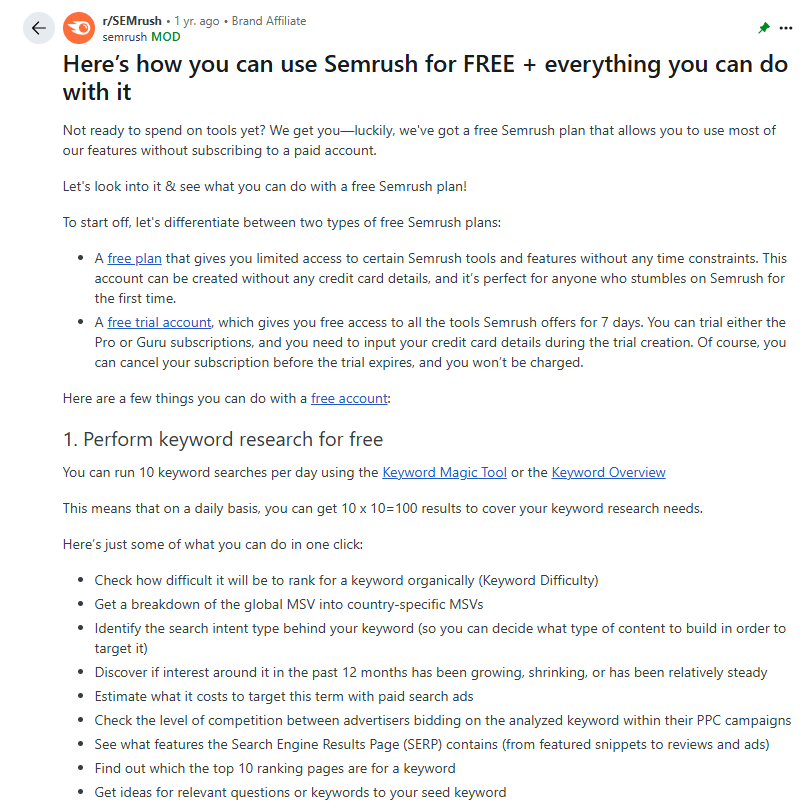
9. Better Customer Insights for Product Development
Customer training programs provide valuable insights into user preferences, challenges, and behavior, which companies can use to improve their products.
During training, companies can collect feedback on how customers use the product, what issues they encounter, and which features they need or find difficult to use.
Insights discovered from this process can then be used to make decisions around product development to help them better meet customer needs.
Again, we can use Salesforce as an example. Although it dates back to 2006, their Idea Exchange platform, which gives customers a chance to connect with Salesforce product managers, has had a huge impact on the company’s product development over the years. In 2021, Salesforce reported that since 2006, the exchange platform had helped drive over 3,400 product features!

10. More Opportunities for Personalization
Customer training programs provide valuable opportunities for companies to personalize their products, services, and marketing efforts.
By engaging directly with customers during training sessions, businesses can gain a deeper understanding of individual customer needs, preferences, and pain points.
Companies can use these findings to fine-tune their offerings, create tailored experience and deliver more customer-centric products.
Companies that do this well include:
Spotify offers personalized onboarding and training to users through its premium subscription services.
By collecting data on customer preferences during training and interactions, Spotify is able to better understand what types of music, podcasts, and playlists resonate with each user.
And, of course they were the originators of the ‘Wrapped’ trend, which helped the company post profits of $1.14 Billion in 2024.
Read More: How to Develop a Customer Training Strategy in 2025: Step-by-Step Guide
Is Offering Customer Training Right for Your Business?
There are a few questions you can ask yourself to assess whether offering customer training is worth it for your business:
1. How complex is your product or service, and does it require structured training?
If your product or service is highly technical or has a steep learning curve, structured training of course will be needed. Most companies tackle this through onboarding programs, providing a knowledge base and having adequate customer support in place.
These are the basics, once these are handled start considering adding more such as:
Interactive Guides: In-app tooltips or walkthroughs that guide users through key features as they use the product, allowing them to learn by doing.
Self-paced Learning Paths: Offering a structured set of learning materials that users can go through at their own pace, such as step-by-step lessons on more advanced features.
Live Chat or Chatbots: A support system that can answer questions in real-time or offer immediate assistance for more complicated issues.
2. What is the current level of customer satisfaction, and is there a demand for more educational resources?
An obvious point, but one to think about. If you’re experiencing low customer satisfaction scores, high churn rates, or your support team is swamped with inquiries related to product usage, then there’s a clear need for more support materials.
On the other hand, if your support ratings are good, churn is under control, and your support team isn’t stressed out—allowing them to focus on more complex customer solutions rather than basic inquiries that could be answered by a chatbot or an FAQ article—then the answer to the question is more nuanced.
At a minimum, you’ll want to make sure that you have adequate customer support and training materials to:
Ensure customers can easily access information to solve common issues on their own, reducing the need for repetitive support interactions. For this you’ll need a Knowledge base with an FAQ section and instructional videos.
Empower your support team to focus on more complex, high-value customer concerns rather than handling basic inquiries that can be solved through self-service options. To do this you’ll need chatbots, ticketing system, and a knowledge base.
Help customers achieve quicker resolutions to their issues, improving their experience and satisfaction with your product or service. For this prioritize, video tutorials, quick reference guides and live chat support.
3. Could customer training improve retention, reduce churn, and increase loyalty?
The answer to this is 9/10 times – yes of course! If there’s one recurring pattern from all of the data included in this guide, its that customer training programs and businesses focused on customer experience do better than companies that don’t.
This isn’t across just one metric either this is a cross retention, revenue, growth and more. Confident customers stay longer, have a higher LTV, and are much less likely to churn when a product consistently delivers for them.
4. Is there an opportunity to upsell or cross-sell through tailored training programs?
This is an interesting point to consider and will again typically depend on your company size, product complexity, and whether there is an appetite among your customer base for paid training. The companies that tend to offer paid training programs are usually larger.
For example, we looked at Monday.com earlier, which is, of course, a massive company in a position to offer paid training.
In our guide to some of the different companies offering effective customer training programs, we also look at companies such as John Deere and Caterpillar, which offer physical products and whose customers often require in-person and virtual training to train their customers on the products they purchase.
It makes sense in this case to offer monetized training programs, but it might not if you’re a small company who doesn’t have the size of customer base where offering paid training is feasible.
5. Do you have the resources and tools to create, manage, and measure effective training programs?
The final point, is whether you have the tools in place to create, manage and measure your customer training programs. And you’ll need different tools depending on the level of training you want to offer.
Here’s a quick breakdown of the tools you can expect to invest in:
Knowledge base – to create a knowledge base you’ll need a platform that you can create FAQs, guides, and manuals within. Popular platforms include Zendesk, Confluence and Document360. You can check out Zendesk’s list of recommended knowledge base software for more recommendations.
A training portal to create and host elearning resources – Training platforms help you create, manage, and deliver your customer training. The exact platform you’ll need will depend on the training delivery method you wish to use.
We would recommend Arlo if you’re looking for an all in one platform to create, schedule, deliver and sell (should you want to) in-person, online and elearning customer training courses. Within Arlo you can:
Create, schedule & market courses – Easily create, schedule and manage courses in a variety of formats. Promote courses to your audience, deliver professional communications and stay on top of training operations.
Easily take and manage course registrations & payments – Automate the entire registration workflow, and sign-up more participants with customizable forms, flexible payment options and smart invoicing.
Real-time reporting & CRM – See exactly how your customer training courses are performing in your Arlo dashboards, report on ROI, and manage all your important relationships in one place.
Websites built for training – Create a high-converting training website, drive more registrations and update your course content in real time.
AI powered elearning authoring – Deliver blended learning at scale with powerful and intuitive elearning authoring and delivery. AI-powered workflows simplify course creation by generating new content with a single prompt or transforming existing materials into elearning modules.
Certification management – Within Arlo you can create certificates, and set rules for their sending e.g. completing a course. You can use these certification features to set up certification programs for your customers should you want that to form part of a customer training program.
Video Editing and Hosting Platforms
Video editing and hosting platforms are useful for creating and delivering high-quality video tutorials or webinars as part of customer training programs. You can also use tools such as Zoom to host live online training sessions.
Recommended Tool: Zoom
We’d recommend Zoom is a platform to consider widely used for live webinars and virtual training sessions. It allows organizations to host interactive sessions with features such as screen sharing, breakout rooms, and real-time Q&A.
Recordings of sessions can be saved and shared with customers for on-demand learning. Zoom’s ease of use and scalability make it an excellent choice for delivering live customer training.
Zoom also integrates with Arlo. With this integration, Zoom meetings are automatically scheduled and created within Arlo, individual join links are sent to registrants, and attendance is tracked automatically after sessions.
Alternative Tool: Loom
Loom is ideal for creating pre-recorded video tutorials for customer training. It enables users to record their screen, webcam, or both simultaneously, making it perfect for product walkthroughs or instructional videos.
Videos can be easily shared via links or embedded into training modules, ensuring accessibility for learners. Privacy controls allow organizations to securely share content with specific audiences.
Performance Tracking Tools
Performance tracking tools provide analytics that measure the effectiveness of training programs by monitoring learner engagement, completion rates, and overall course performance.
These tools help organizations identify areas for improvement, optimize content, and ensure training objectives are being met. Metrics such as time spent on modules, quiz scores, and learner feedback can be gathered to assess the impact of training on customer satisfaction and retention.
Most elearning authoring platforms including Arlo contain these features, for other tools to consider checkout our round-up of the 13 best elearning authoring tools for 2025.
The Final Word
You should now have a good understanding of some of the benefits you can look forward to when you prioritize customer training in your own business.
The key point to remember is that customers that are well educated on your product, and have sufficient support to help them see results with it, are far more likely to be loyal customers that expand, renew, refer, and contribute to a successful growing organization.
If you’re looking for a platform that can help you start your customer training creation journey, start a free trial of Arlo today 👇
Looking for a training platform to help you create engaging customer training programs?
Try Arlo the #1 customer training platform.
Customer Training FAQs
The basics of developing a successful customer training strategy, involves getting clear on the objectives. This could include improving customer product knowledge, reducing the workload for your customer service team or customer success team, increasing product usage—all of which may feed into a wider objective such as reducing churn by a certain %, or increasing customer expansion.
Once you know your objectives you can start prioritizing the types of training content you’ll want to create. It’s also important to put mechanisms in place at the beginning of any customer education program to make sure you’re capturing feedback. This could be through regular surveys, through tracking analytics through the platform you are using, or by monitoring support tickets for any recurring thoughts or questions.
You can also actively monitor any customer experience metrics you track, such as seeing whether customer training is helping you retain customers, or increase your revenue per account.
A successful customer training program is one that ultimately achieves its objectives. There’s no one size fits all approach, but there are similarities in the way successful companies have leveraged customer training, mainly:
They are comprehensive, yet accessible – companies such as Monday, Zapier, and for physical products John Deere or Caterpillar make sure their customer training programs are comprehensive. Meaning they tend to have a lot of resources where customers can find the information they need. But they produce this information in a variety of formats such as support articles, videos, and in some cases on demand self paced training, and live training programs.
They have a strong emphasis on practicality – effective customer training is practical. The best programs make it easy for their customers to find the answers they need, while also providing relatable examples in the form of best practices, and customer stories that show how others have used the product and seen success with it.
Whichever ways you choose to implement customer training make sure you tie it to tangible objectives, such as improving customer loyalty through higher customer retention, reduced support time or costs, or any other tangible metric you can use to track results.
